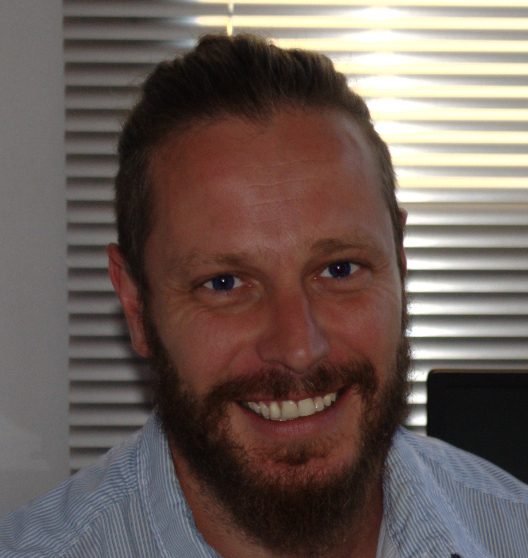(Instituto de Física “Enrique Gaviola” , Universidad Nacional de Río Cuarto / CONICET )

Biografía resumida
Hernán L. Calvo obtuvo su doctorado en Física en el 2010 en la Universidad Nacional de Córdoba. Durante este período, trabajó en las versiones clásica y cuántica de la técnica conocida como “espejo de reversión temporal”. Luego realizó un postdoctorado sobre transporte a través de grafeno iluminado. En el 2010, Hernán continuó su trabajo en Alemania, realizando estadías postdoctorales en la RWTH Aachen University y Jülich Research Centre en temas relacionados al transporte electrónico a través de puntos cuánticos fuertemente interactuantes. Actualmente Hernán se desempeña como investigador adjunto del CONICET en el Instituto de Física “Enrique Gaviola” y profesor adjunto en la Universidad Nacional de Río Cuarto. Sus líneas de investigación abarcan el modelado teórico y simulaciones numéricas de fenómenos dependientes del tiempo, incluyendo iluminación láser en dispositivos basados en carbono, aislantes topológicos de Floquet, y motores y bombas cuánticos.
Summary Background
Hernán L. Calvo obtained his PhD in Physics in 2010 at the National University of Córdoba. During this period, he worked on classical and quantum versions of the so-called time reversal mirror technique. Then he worked as a postdoctoral fellow on transport through irradiated graphene. In 2010, Hernán moved to Germany where he worked as postdoc at the RWTH Aachen University and Jülich Research Centre on transport through strongly interacting quantum dots. Nowadays Hernán is working at the Institute of Physics “Enrique Gaviola” (IFEG) in Córdoba, Argentina. He is a young researcher at the National Scientific and Technical Research Council (CONICET) and adjoint professor at the National University of Rio Cuarto. His research lines are theoretical modeling and numerical simulation of time-dependent phenomena, including laser irradiation of carbon-based devices, Floquet topological insulators, and adiabatic quantum pumps and motors.
